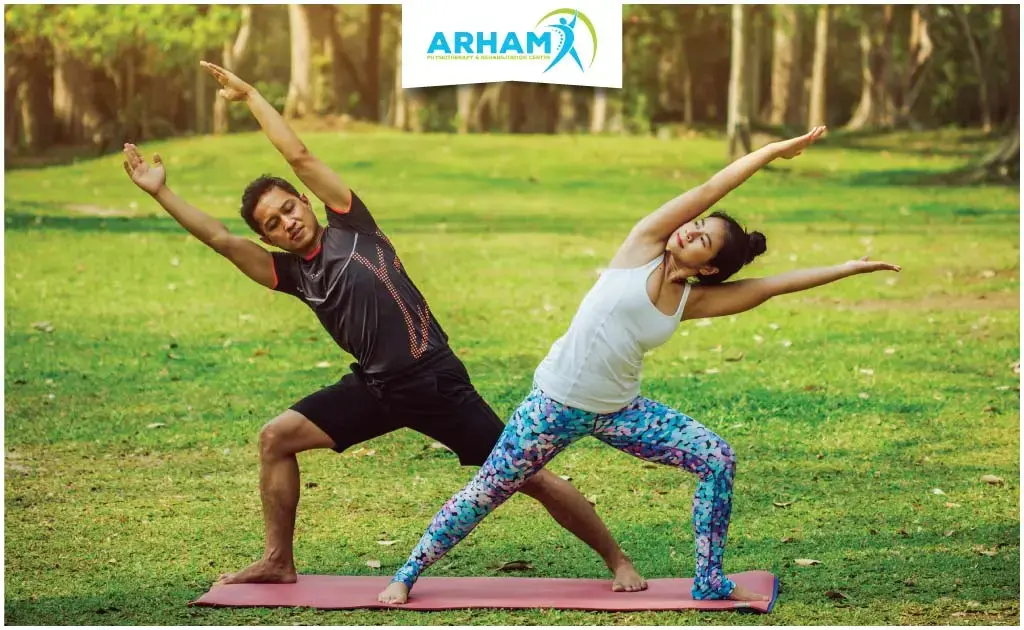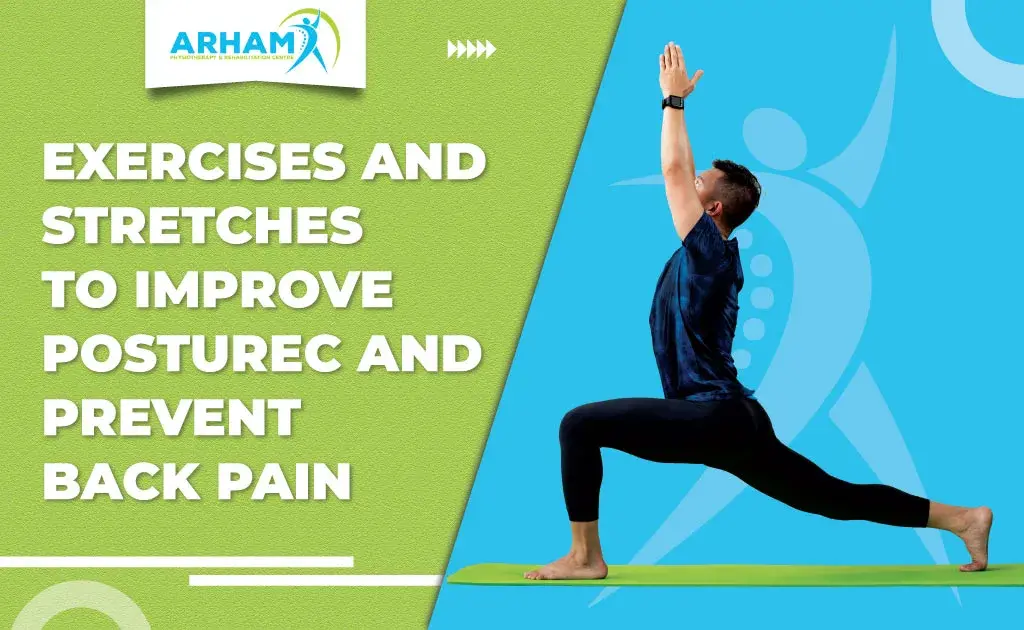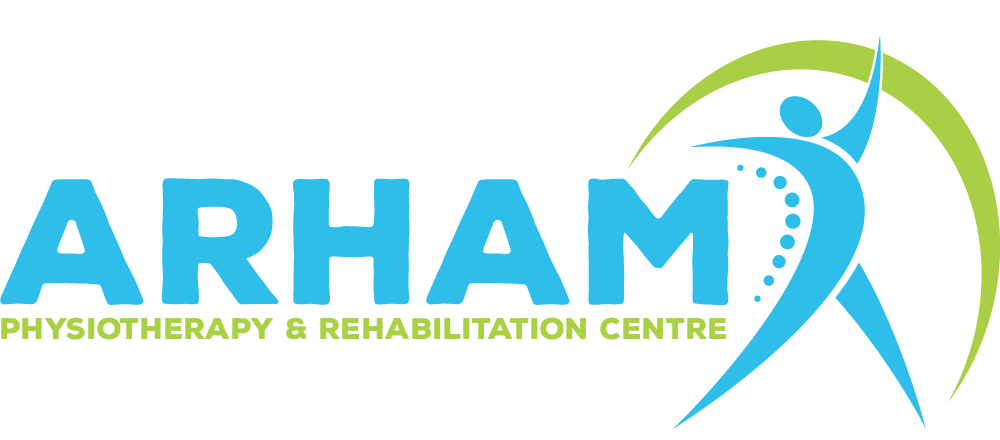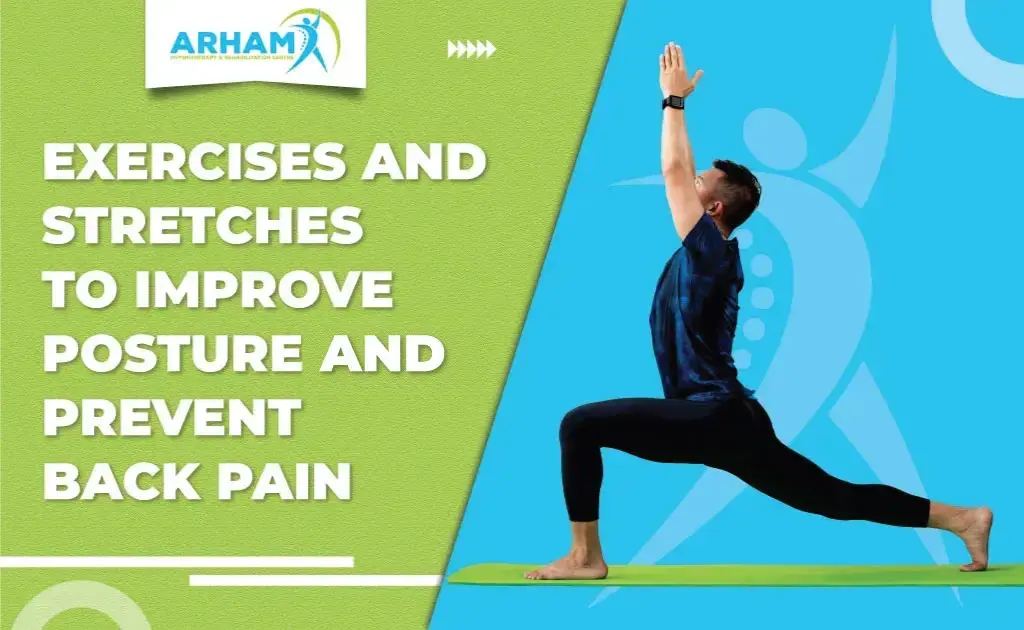Exercises and Stretches to Improve Posture and Prevent Back Pain
Introduction
Sitting posture is not only for our comfort, it impacts our overall health depending on how we sit maximum time in the day, so it’s very important to maintain a good posture.
Poor posture can lead to back pain and a variety of postural problems that affect our daily activities. By incorporating targeted exercises and stretches into our daily routine, we can improve our posture, strengthen our core muscles, and prevent back pain.
This article will help you to completely understand good posture, and connection between the posture and back pain, and you will get helpful information about exercise and stretches that can help you to correct postural imbalances and make your spine healthy.
The Importance of Good Posture: Understanding the Effects of Poor Posture on Back Health:
Good posture is the alignment of the body parts in a way that puts the least amount of strain on the supporting muscles and ligaments. When we maintain proper posture, the spine is in a neutral position, and the body is balanced. Poor posture, on the other hand, disrupts this alignment and can lead to various postural problems. Common postural problems include rounded shoulders, forward head posture, excessive curvature of the spine (such as excessive lordosis or kyphosis), and pelvic tilt.
These things are responsible for impacting negatively on spine, making them imbalanced, reducing the flexibility of the spine, and increasing the chances of back pain and injuries as well.
The Relationship Between Posture and Back Pain
Back pain and posture and strongly connected.
When we consistently maintain poor posture, it places excessive stress on the muscles, ligaments, and joints of the back. This can result in muscle imbalances, muscle strain, joint dysfunction, and even nerve compression. Over time, these factors can contribute to chronic or recurrent back pain. By improving our posture and practicing good postural habits, we can alleviate existing back pain and prevent future episodes.

Strengthening Exercises for Postural Correction:
Engaging in specific strengthening exercises can help correct postural imbalances and strengthen the muscles that support our spine. Core strengthening exercises are particularly effective in improving spinal stability and promoting proper alignment. Exercises such as planks, bridges, and bird dogs target the deep abdominal muscles, back muscles, and pelvic floor muscles, which are essential for maintaining good posture. You have to strengthen the core muscles which can help the spine to improve posture and reduce the chances for back pain.
Upper Back and Shoulder Exercises to Counteract Rounded Shoulders:
Rounded shoulders are a common postural problem, often associated with prolonged sitting, desk work, and poor posture habits. To counteract rounded shoulders, it is essential to strengthen the muscles of the upper back and shoulders while improving flexibility. Exercises such as row variations, scapular retractions, and shoulder blade squeezes target the rhomboids, trapezius, and posterior deltoid muscles, helping to pull the shoulders back and improve overall posture.
Strengthening Exercises for the Lower Back and Glutes to Support the Spine:
Weakness in these muscle groups can contribute to poor posture and lower back pain. Exercises such as bridges, Superman exercises, and hip thrusts target the glutes, erector spinae, and deep core muscles.
To make the lower back stable, it needs to strengthen these muscles, they will help to set the proper alignment and minimize the possibility of back pain.
Stretching Exercises for Improved Posture:
The stretching exercise of the upper body such as the shoulders and neck has the potential to make you free from tension and tightness in the chest. Stretching the hip flexors, lower back muscles, and hamstrings is a very good exercise to alleviate lower back pain, it lengthens tight muscles and improves your postures as well.
Yoga and Pilates for Posture and Back Pain:
Yoga and Pilates are holistic approaches that focus on posture, core strength, flexibility, and body awareness. These practices can be highly effective in improving posture and alleviating back pain. Yoga poses such as Mountain Pose, Tree Pose, and Cobra Pose promote postural alignment, strengthen the core, and improve body awareness. Pilates exercises such as the Pilates Roll-Up, Scapular Stabilization exercises, and Spine Stretch Forward target postural correction, strengthen the core muscles, and enhance spinal flexibility. Incorporating mindfulness and breathwork into your practice can also improve posture awareness and help release tension in the body.
Ergonomics and Posture at the Workplace:
Implementing proper ergonomics at the workplace is essential for maintaining good posture. This includes setting up an ergonomic workstation with an adjustable chair, proper desk height, and appropriate monitor and keyboard placement. Taking regular breaks to move and stretch, practicing proper sitting posture, and using ergonomic accessories such as lumbar supports or standing desks can help prevent the development of poor posture and back pain.

Postural Correction for Specific Activities and Sports:
Proper posture is vital for athletes and individuals engaged in specific activities and sports. Maintaining correct alignment not only enhances performance but also reduces the risk of injuries. Let’s explore postural considerations for runners, cyclists, weightlifters, and strength trainers, as well as tips for maintaining good posture during everyday activities like driving and carrying heavy loads.
Correcting Posture for Runners, Cyclists, and Other Athletes
- Running: Proper running posture involves maintaining an upright position with a slight forward lean from the ankles. This alignment helps improve running efficiency and reduces the strain on the lower back. Engage your core muscles and keep your head aligned with your spine.
- Cycling: Cyclists should focus on maintaining a neutral spine position while cycling. Keep your shoulders relaxed, engage the core, and maintain proper bike fit to prevent back and neck pain.
- Other Athletes: Each sport has its unique postural requirements. Consult with a sports-specific coach or trainer who can assess your posture and provide guidance on maintaining proper form and alignment specific to your activity.
Postural Considerations for Weightlifting and Strength Training:
- Proper Lifting Technique: When lifting weights, maintain a neutral spine throughout the movement. Avoid excessive rounding or arching of the back, as it can lead to injuries. Engage the core, lift with your legs, and avoid straining the back.
- Balance Push and Pull Movements: Incorporate exercises that strengthen both the anterior and posterior muscles. This helps maintain balance and prevents muscle imbalances that can lead to postural problems.
- Proper Breathing: Focus on proper breathing techniques during weightlifting and strength training. Breathing correctly helps stabilize the core and supports proper posture.
Tips for Maintaining Good Posture during Everyday Activities
- Driving: Adjust the car seat to support your lower back and maintain a slight recline. Sit up straight, keep your shoulders relaxed, and position your hands comfortably on the steering wheel. Take breaks on long drives to stretch and relieve tension.
- Carrying Heavy Loads: When lifting heavy objects, maintain a wide base of support, bend your knees, engage your core, and lift with your legs. Avoid twisting or bending at the waist. Use proper lifting techniques, such as using your legs and keeping the load close to your body.
- Everyday Activities: Be mindful of your posture during activities like walking, standing, and sitting. Stand tall with your shoulders back, chin parallel to the ground, and weight evenly distributed. Sit with your back supported, feet flat on the floor, and knees at a 90-degree angle.
By applying these postural considerations and tips to specific activities and everyday tasks, you can reduce the risk of injuries, enhance performance, and promote overall well-being. Remember to listen to your body, seek guidance from professionals if needed, and prioritize maintaining proper form and alignment for optimal results.
Lifestyle Factors and Posture:
Our lifestyle habits have a significant impact on our posture. Certain behaviors, such as excessive screen time and prolonged periods of sedentary behavior, can contribute to poor posture and related issues. However, by incorporating postural awareness and exercises into our daily routines, as well as paying attention to our sleep positions and pillows, we can promote optimal spinal alignment and maintain good posture.
Excessive Screen Time and Sedentary Behavior:
- Screen Time: Spending extended hours hunched over electronic devices can lead to a forward head posture and rounded shoulders. The neck and upper back muscles become strained, leading to muscle imbalances and postural problems. Take regular breaks from screens, practice proper ergonomics, and maintain eye level with the screen to reduce strain on the neck and back.
- Sedentary Behavior: Prolonged periods of sitting, whether at a desk or in front of a television, can weaken the core muscles and contribute to poor posture. Incorporate frequent movement breaks into your day, stand up and stretch at regular intervals, and consider using a standing desk to reduce the amount of time spent sitting.
Incorporating Postural Awareness and Exercises into Daily Routines:
- Mindful Posture Check-ins: Throughout the day, take a moment to check your posture. Ensure that your shoulders are back and down, your spine is aligned, and your head is balanced on top of your neck. Developing postural awareness can help you make adjustments and maintain good posture.
- Postural Exercises: Incorporate exercises that target the muscles responsible for good posture into your daily routine. This can include exercises to strengthen the core, upper back, and neck, as well as stretches to release tension in tight muscles. Examples include planks, back extensions, shoulder retractions, and chest stretches.
Sleep Positions and Pillows for Optimal Spinal Alignment:
- Back Sleeping: Sleeping on your back with a pillow that adequately supports the natural curve of your neck and provides gentle support for the head can help maintain proper spinal alignment. Avoid using excessively thick or flat pillows that can strain the neck.
- Side Sleeping: If you prefer to sleep on your side, use a pillow that keeps your head aligned with your spine. A thicker pillow that fills the space between your shoulder and neck can provide optimal support.
- Stomach Sleeping: Sleeping on your stomach can strain the neck and back. If possible, try to transition to a back or side sleeping position to promote better spinal alignment during sleep.
By addressing lifestyle factors like excessive screen time and sedentary behavior, incorporating postural awareness and exercises into our daily routines, and paying attention to our sleep positions and pillows, we can make significant improvements in our posture. Consistency and mindfulness are key. With time and practice, these adjustments can become ingrained habits, leading to improved posture, reduced discomfort, and better overall spinal health.

Posture and Back Pain in Different Age Groups:
Postural challenges can vary across different age groups. Children and teenagers may experience postural issues due to heavy backpacks, improper sitting habits, or poor posture during growth spurts. Implementing exercises, stretches, and ergonomic adjustments specific to their needs can help correct these postural challenges. As adults and seniors age, there may be age-related changes that affect posture, such as decreased bone density or muscle strength. Tailored exercises and adaptive strategies can help improve posture, maintain spinal health, and manage back pain in these age groups.
Also Read: Understanding the Benefits of Physiotherapy in Weight loss Management
Final Words on Exercises and Stretches to Improve Posture and Prevent Back Pain
By understanding the importance of good posture, recognizing the relationship between posture and back pain, and incorporating targeted exercises, stretches, and lifestyle adjustments, we can significantly improve our posture and prevent back pain. In this case, a healthcare professional or a qualified exercise specialist will help you make you understand the new exercise program, and epically if you have pre-existing back pain or medical conditions. Prioritize consistency in practicing exercises and stretches that target postural correction, strengthen the core muscles, and improve flexibility. Combine these efforts with ergonomic adjustments, mindfulness, and proper body mechanics in everyday activities. By making these changes, you can take control of your posture, support a healthy spine, and enjoy a pain-free and active lifestyle.
FAQs
What Are Some Effective Exercises to Improve Posture?
Strengthening exercises like planks and bridges, along with stretches for the chest, shoulders, and hip flexors, can help improve posture.
Can Stretching Help Prevent Back Pain?
Yes, stretching exercises targeting the upper back, neck, and lower back muscles can help relieve tension and reduce the risk of back pain.
How Often Should I Perform These Exercises and Stretches?
Aim for at least 2-3 sessions per week, but consistency is key. Listen to your body and adjust accordingly.
Are There Any Specific Exercises for Desk Workers to Improve Posture?
Yes, exercises like shoulder blade squeezes, neck stretches, and seated spinal twists can be beneficial for desk workers.
Can Yoga or Pilates Help with Posture Improvement?
Yes, yoga and Pilates focus on core strength, flexibility, and body awareness, making them effective in improving posture.


Pingback: How to Prevent Headaches and Migraines
Pingback: The Role of Neuro Physiotherapy in Stroke Rehabilitation
Pingback: The Ultimate Guide to Weight Loss Management: Tips and Tricks
Pingback: How to Choose the Right Knee Pain Physiotherapy Clinic for You
Pingback: How Pain Relief Physiotherapy Can Help You Recover Faster
Pingback: Bones Need Maintenance For Old People-Expert Advise
Pingback: How Physiotherapy Helps Osteoarthritis of The Knee
Pingback: The Benefits of Movement for Easing Knee Pain